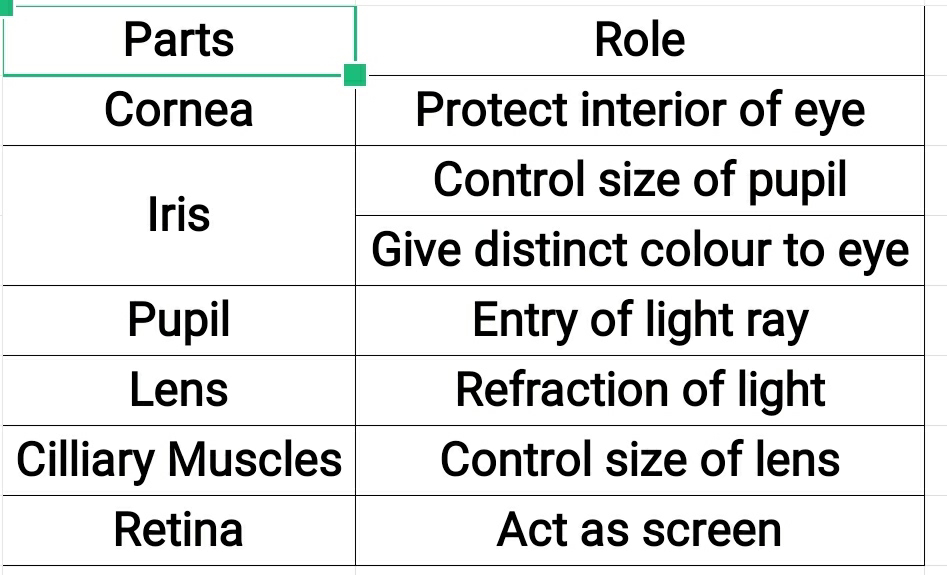Soil NCERT Science Class 7 Chapter 9 Summary

Soil Upper layer of earth crust, is called soil. The mixture of rock particles and humus is called the soil. Humus The rotting dead matter in the soil is called humus. Weathering Formation of soil by break down of rocks by the action of winds, water and climate, is called weathering. Nature of soil depends on The parent rock Vegetation grows on it. Wind, Climate, rainfall, temperature, light and humidity. Soil profile A vertical section through different layers of the soil is called soil profile. Horizon Each layer of soil differing in texture, colour, depth, and chemical composition, is called horizon. A-Horizon It is dark in colour. It is rich in humus. Soil is fertile. This layer is soft and porous. This layer can retain more water. It is also called top soil. B-Horizon This layer has lesser amount of humus. This layer has more amount of minerals. This l...



